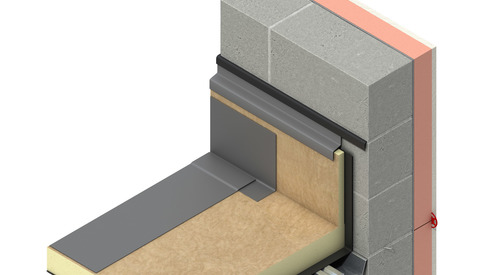The green roof green roofs allow vegetation to be planted on a flat roof as if it were an extension of the garden below.
How to insulate a flat roof nz.
Insulation material is placed on top of the roof rather than in between the ceiling and the decking.
To achieve this add 100 to 160mm of insulation above the structural deck dependant upon insulant conductivity.
Framing this out and buying 30 r fiberglass insulation will cost you about 50 more than just buying 5 inches of polyiso equivalent of 30 r.
The soil that is held on the green roof to support the planting also acts as an insulation blanket that will improve the thermal performance of the home.
The correct method for a flat roof is under the current regulations to have a warm roof.
Vapor barriers are usually made from polyethylene film asphalt laced building paper or paper backed aluminum.
Both these variants require different approaches to insulation which will be covered in this guide.
With flat roof insulation a vapor barrier should sit between the joists and ceiling panels and the insulation on top.
Insulation is placed in between the joists underneath the roof surface above.
Then install r 30 fiberglass batts between the rafters.
It should be of the maximum available thickness.
You would only do this however if replacing the roof covering on top and you have the height above the roof to do this.
While it s fairly common to install semi rigid mineral wool insulation above roof sheathing the method is usually restricted to low slope flat roofs.
Achieving a u value of 0 20w m meaning your roof will be better insulated than your walls will need 120mm thickness of rigid foam or 200mm of mineral wool or natural insulation.
Bypasses are anywhere that there is a break in the insulation.
It should be installed on tapered 2x furring strips in order to slope the surface of the roof to drains.
In a nutshell you would sandwich 130mm of solid insulation between two decks allowing to place a vapour barrier on top of the first deck.
When should i insulate my flat roof is a question i ask in this video.
The mineral wool insulation would need to be thick enough to keep the lower layer of roof sheathing above the dew point during the winter.
The typical u value of an existing uninsulated flat roof is 1 5w m2k.
Occasionally some ask for a new warm.
The only approach that i can think of is to install a thick layer of semi rigid mineral wool insulation above the roof sheathing followed by another layer of roof sheathing.

